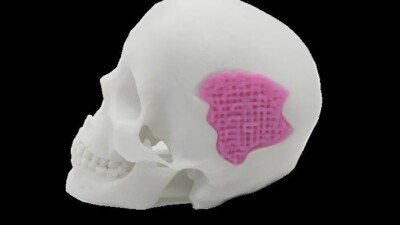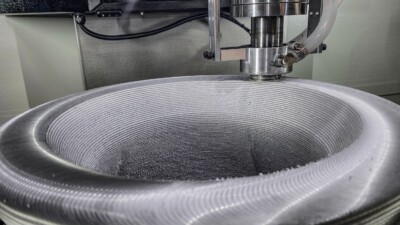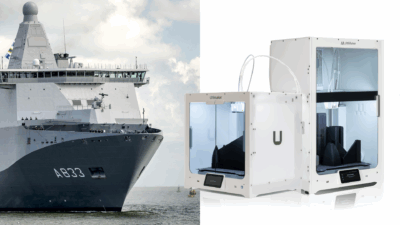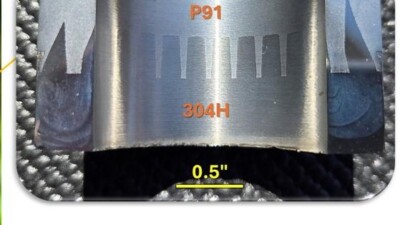SustainaPrint system integrates eco-friendly filaments into 3D prints without compromising structural integrity.
Making additive manufacturing (AM) more sustainable is a laudable goal, but it’s more complicated than simply switching to eco-friendly materials for 3D printing. For one thing, biodegradable and recycled filaments can suffer from degraded or less predictable mechanical properties, limiting their use in load-bearing applications.
Fortunately, a team of engineers and materials scientists at MIT’s Computer Science and Artificial Intelligence Laboratory (CSAIL) and the Hasso Plattner Institute in Germany have come up with a way to have their sustainable AM cake and eat it too, in a manner of speaking. Together, they created SustainaPrint, a system for integrating eco-friendly filaments into material extrusion (MEX) while preserving a 3D printed part’s structural integrity.
The basic idea is simple: rather than print an entire object in less sustainable high-performance plastic, the system analyzes its model using finite element analysis simulation to predict where it’s most likely to experience stress. Those zones can be reinforced with stronger material while the rest of the part can be printed using weaker (but also greener) filament.
“Our hope is that SustainaPrint can be used in industrial and distributed manufacturing settings one day, where local material stocks may vary in quality and composition,” said MIT PhD student and CSAIL researcher Maxine Perroni-Scharf, in a press release. She’s a lead author on a paper presenting the project. “In these contexts, the testing toolkit could help ensure the reliability of available filaments, while the software’s reinforcement strategy could reduce overall material consumption without sacrificing function,” she added.
For their experiments, the team used Polymaker PolyTerra PLA as the eco-friendly filament, and Ultimaker Tough PLA for reinforcement. Using a 20 percent reinforcement ratio, their system was able to produce objects with 70 percent of the strength of counterparts produced entirely using Tough PLA. Additionally, in one test, the team reports that their hybrid version outperformed the version printed entirely in Tough PLA, suggesting that this may be due to the reinforced version’s ability to distribute stress more evenly and thereby avoid brittle failure due to excessive stiffness.
Although the current system is designed for dual-extrusion printers, the researchers believe that with some manual filament swapping and calibration, it could be adapted for single-extruder setups, too. The researchers plan to release SustainaPrint open-source for both practical and educational purposes.
The research paper is available via GitHub.



